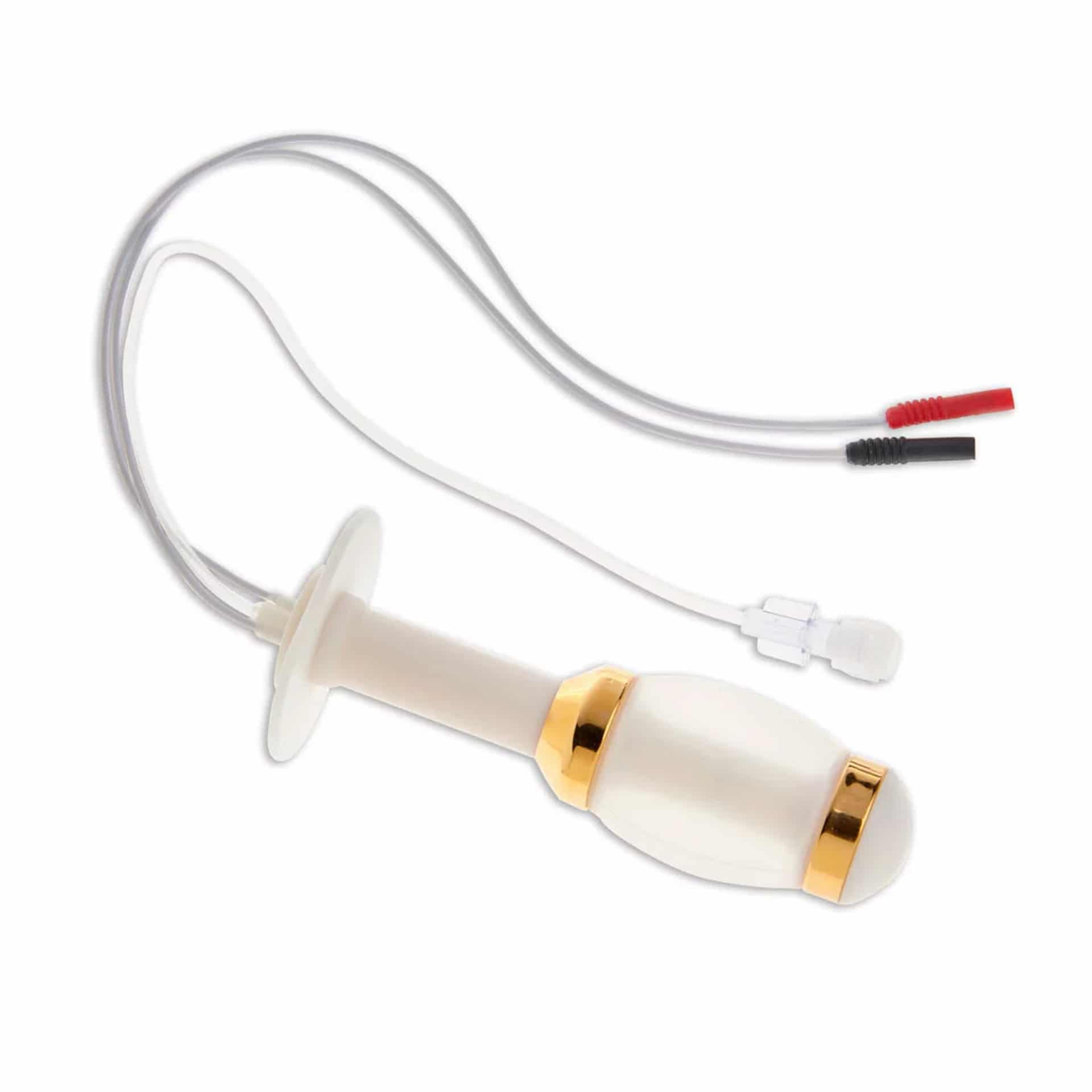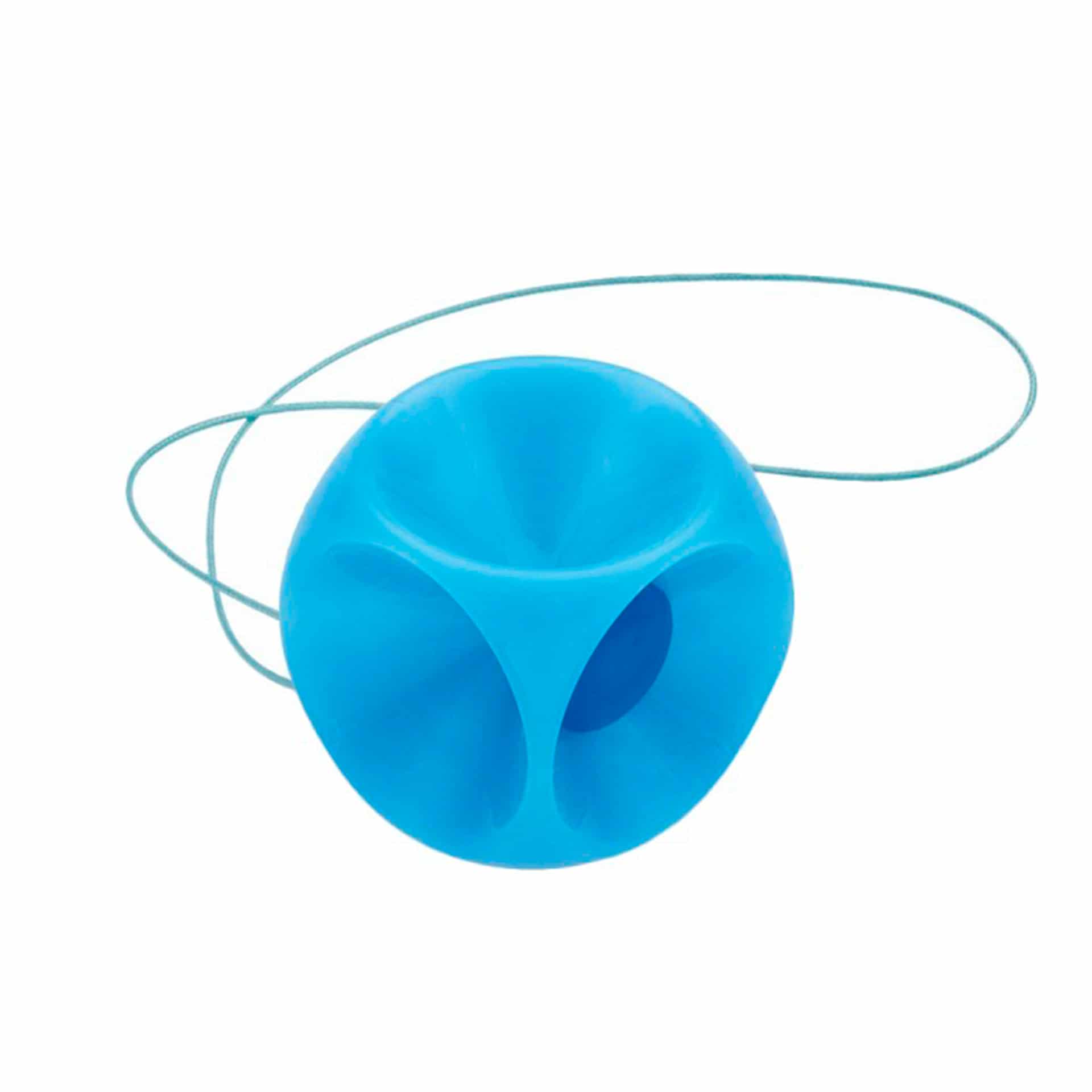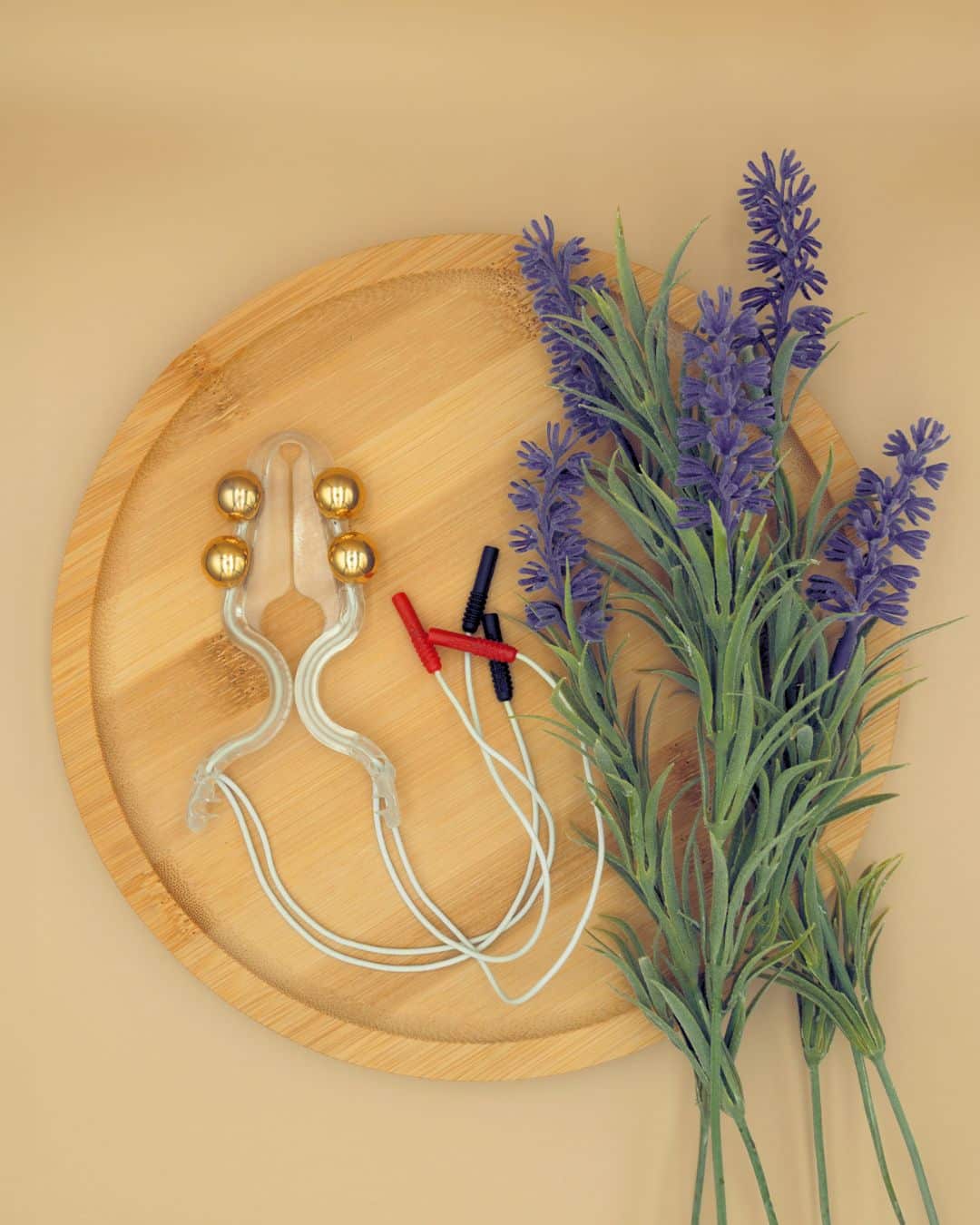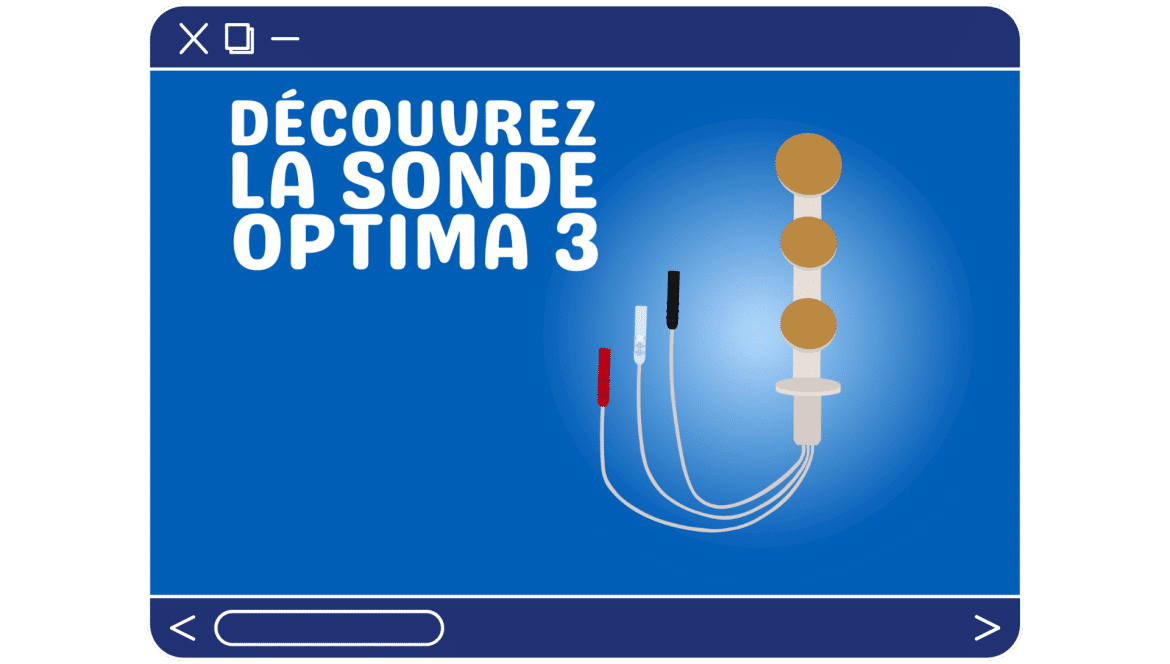Why do perineal rehabilitation after prostate cancer?

To better understand the role of the prostate, we recommend you read our article: Learning about and understanding the prostate, prostate cancer and prostatectomy.
Prostate cancer is one of the most common forms of cancer in men worldwide.
Fortunately, advances in screening and treatment techniques often enable early and effective management of this disease.
In this process, perineal rehabilitation emerges as a crucial element in improving patients’ quality of life and reducing postoperative complications.
NB: at present, the effectiveness of prostate cancer screening remains uncertain: it has not been proven to reduce prostate cancer-related deaths.
For this reason, no health organization currently encourages systematic screening for prostate cancer using PSA (prostate-specific antigen) testing in men with no symptoms.
However, if you are considering screening, or if your doctor suggests it, it is essential to receive detailed information on the advantages and disadvantages of screening tests, and on their implications. The decision to undergo prostate cancer screening is a personal one, and requires careful consideration.
For more information, visit the AMELI website: prostate cancer screening.
The role of perineal rehabilitation
Perineal rehabilitation consists of a series of exercises and therapies designed to strengthen the pelvic floor muscles. It plays a crucial role in the prevention and treatment of a variety of conditions, including urinary incontinence, pelvic prolapse and sexual disorders.
Rehabilitation of the perineum plays an essential role in health care, particularly in the management of pelvic floor problems.
In the context of prostate cancer, perineal rehabilitation is often recommended in the early stages of treatment, particularly before and after prostatectomy surgery.
Improved quality of life
One of the main aims of perineal rehabilitation in the early management of prostate cancer is to improve patients’ quality of life.
After prostatectomy, many men may experience urinary control problems, such as incontinence. Perineal rehabilitation aims to strengthen pelvic floor muscles, which can help reduce bladder leakage and restore bladder control.
Perineal rehabilitation can also play an important role in preserving erectile function.
By promoting blood flow to the penis and strengthening the muscles involved in erection, it can help maintain or improve erectile function after prostatectomy surgery.
Reduced post-operative complications
In addition to improving quality of life, perineal rehabilitation can also help reduce post-operative complications in prostate cancer patients.
By strengthening the muscles of the pelvic floor, it can help prevent problems such as urinary tract infections(by strengthening the muscles responsible for bladder control) and pelvic prolapse(a condition where pelvic organs such as the bladder, uterus or rectum can move down or out of their normal position due to weakness of the supporting muscles and tissues), which can occur after surgery.
Thus, perineal rehabilitation not only improves patients’ quality of life, but also helps minimize potential complications after prostatectomy surgery, offering comprehensive support in the management of prostate cancer.
Conclusion
Perineal rehabilitation plays a crucial role in the early management of prostate cancer. By improving patients’ quality of life and reducing post-operative complications, it contributes to a more complete and satisfying recovery after prostatectomy surgery.
It is therefore essential that patients and their healthcare professionals recognize the importance of perineal rehabilitation and implement it from the earliest stages of prostate cancer management.
-
AIR STIM®
45,00 € ttc -
More end conventional condoms
3,40 € ttc -
PESSARY UN-PERFORATED
45,84 € ttc -
ANALIA®
36,00 € ttc -
ANALYS BLUE® (Copie) (Copie)
1,01 € ttc -
RECTOMAX®
60,00 € ttc












